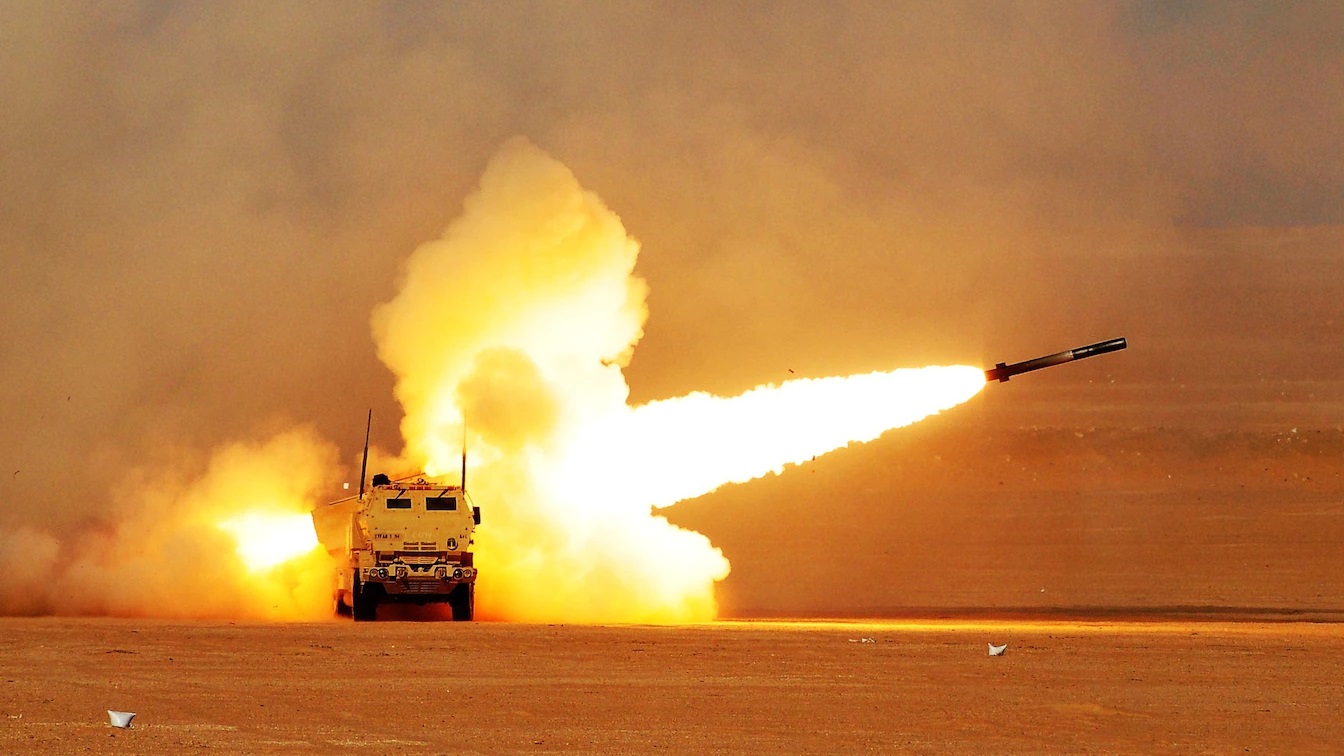The war in Ukraine is edging closer to its one-year anniversary, but the situation on the ground continues to be stale.
Indeed, as the two sides are getting ready for another round of large-scale offensive and counteroffensive operations, the war seems to have no end in sight.
Ukraine is finally getting some of the weapon systems that will help break the Russian defenses, but with deliveries weeks and months away, the situation on the ground won’t change significantly anytime soon.
On the other hand, the Russian military has created extensive defensive positions all across the battlefield and is also amassing forces for a large-scale offensive.
The time and place of the attack are still a question.
On day 341 of the war in Ukraine, the bloodshed continues.
Russian Casualties in Ukraine: Update
Overall, the Ukrainian Ministry of Defense claimed that as of Monday, Ukrainian forces have killed approximately 126,650 Russian troops (and wounded approximately twice to thrice that number)
Weapons destroyed include: 293 fighter, attack, bomber, and transport jets, 284 attack and transport helicopters, 3,201 tanks, 2,196 artillery pieces, 6,369 armored personnel carriers and infantry fighting vehicles, 453 Multiple Launch Rocket Systems (MLRS), 18 boats and cutters, 5,041 vehicles and fuel tanks, 221 anti-aircraft batteries, 1,947 tactical unmanned aerial systems, 199 special equipment platforms, such as bridging vehicles, and four mobile Iskander ballistic missile systems, and 796 cruise missiles shot down by the Ukrainian air defenses.
Another Partial Mobilization?
Despite a reserve of around 150,000 troops, the Russian military needs more men, especially to sustain the upcoming offensives that Moscow has been planning.
According to the latest estimate by the British Military Intelligence, another wave of mobilization might be coming soon. Like the first time in September, any mobilization is most likely to be partial, calling up certain groups of reservists.
Last week, Russian media reported that Russian border guards are preventing double Russian citizens from leaving the country because their names are on mobilization lists.
In September, when the Kremlin called up the first partial mobilization, hundreds of thousands of eligible Russian males fled the country to avoid the draft. It looks like the Russian government anticipates another mass exodus with a new mobilization.
Moreover, Russian Presidential spokesperson Dmitry Peskov recently stated that the decree that governed the first partial mobilization remains in effect, hinting that it could be used at any point in time to call more men to support the “special military operation” in Ukraine.
“The Russian leadership highly likely continues to search for ways to meet the high number of personnel required to resource any future major offensive in Ukraine, while minimising domestic dissent,” the British Military Intelligence assessed in its latest estimate of the war.
However, there is an inherent political risk in ordering a mobilization, and the Kremlin won’t do it unless it has no other alternative.
Russian President Vladimir Putin understands that the best way for the conflict to go on without major domestic backlash is not to upset the average Russian.
Thus far, the Russian population has shown a vague neutrality on average about the war.
MORE: Why Putin Fears the M1 Abrams Tank
MORE: I Went to War in the Leopard 2 Tank Ukraine Wants
MORE: World War III – Where Could It Start?
MORE: A U.S.-China War Over Taiwan Would Be Bloody
Expert Biography: A 19FortyFive Defense and National Security Columnist, Stavros Atlamazoglou is a seasoned defense journalist specializing in special operations, a Hellenic Army veteran (national service with the 575th Marine Battalion and Army HQ), and a Johns Hopkins University graduate. His work has been featured in Business Insider, Sandboxx, and SOFREP.

